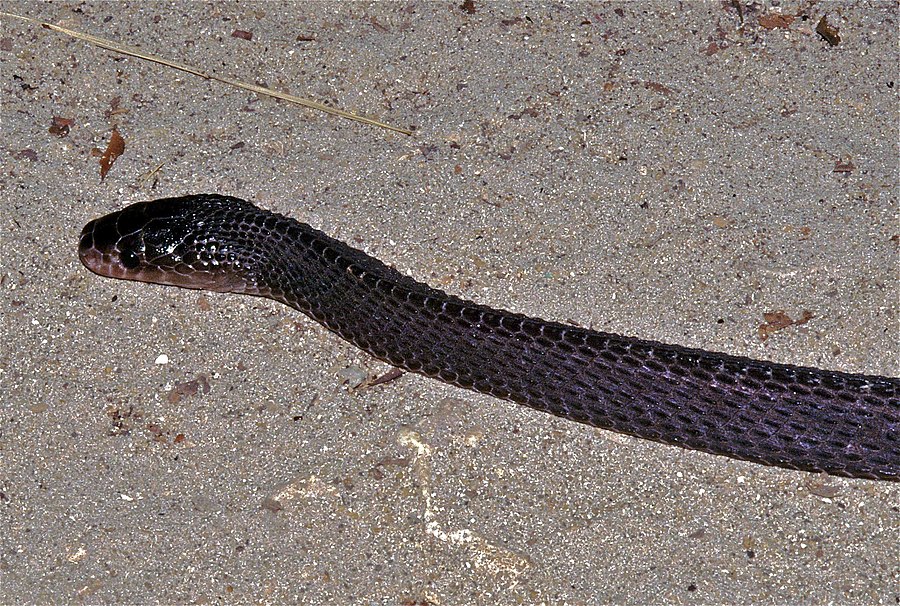Facts About Cape file snake
The Cape file snake, native to Africa and ranging from regions like Natal to Cameroon and Somalia, is a captivating non-venomous species belonging to the Lamprophiidae family. This snake is notable for its medium to large size, typically achieving lengths of about 120 cm, although some individuals can grow up to 165 cm.
One of the most distinctive features of the Cape file snake is its triangular body shape and flat head. Its dorsal scales are keeled, revealing pink-purple skin underneath, and its coloration can range from grey to dark olive or purple-brown. Additionally, the snake exhibits white to yellow stripes running along its back and has a cream-colored belly.
Despite lacking venom, the Cape file snake is an adept hunter, feeding primarily on other snakes and small vertebrates. It possesses a keen sense of smell for tracking its prey and appears to have an immunity to venom.
In terms of reproduction, the Cape file snake is oviparous, meaning it lays eggs. Females generally lay one or two clutches of eggs during the summer, each containing between five and thirteen relatively large eggs. The hatchlings measure approximately 39-42 cm in length at the time of hatching.

 Equatorial Guinea
Equatorial Guinea